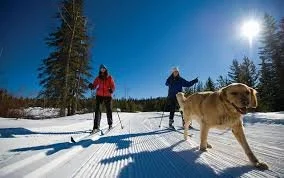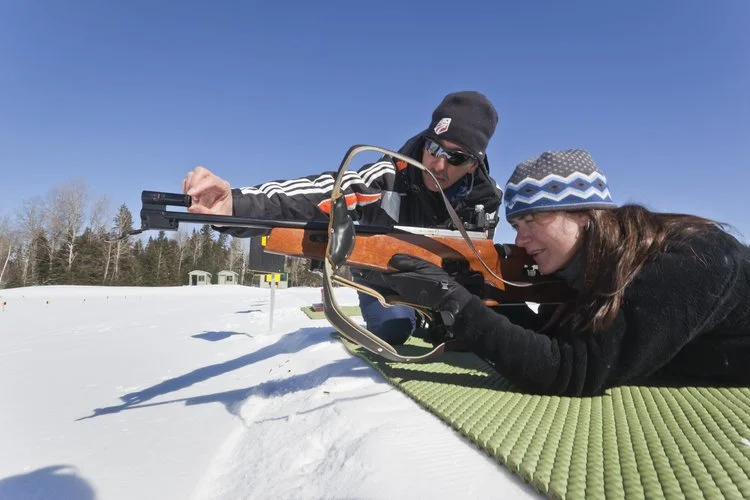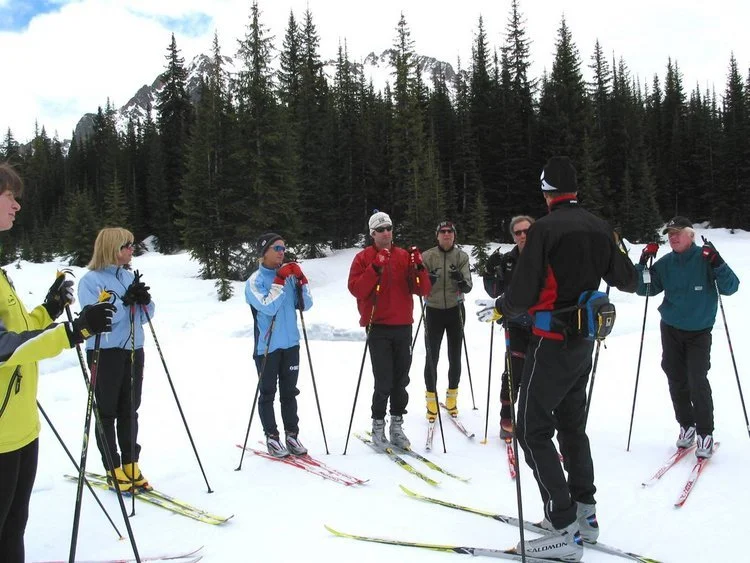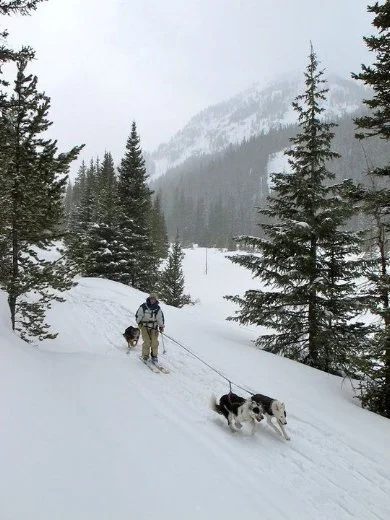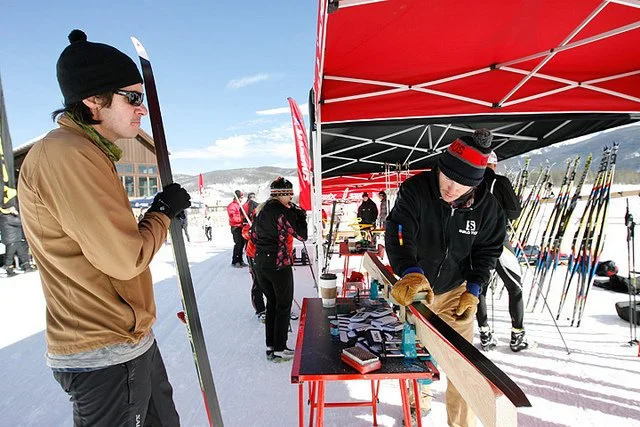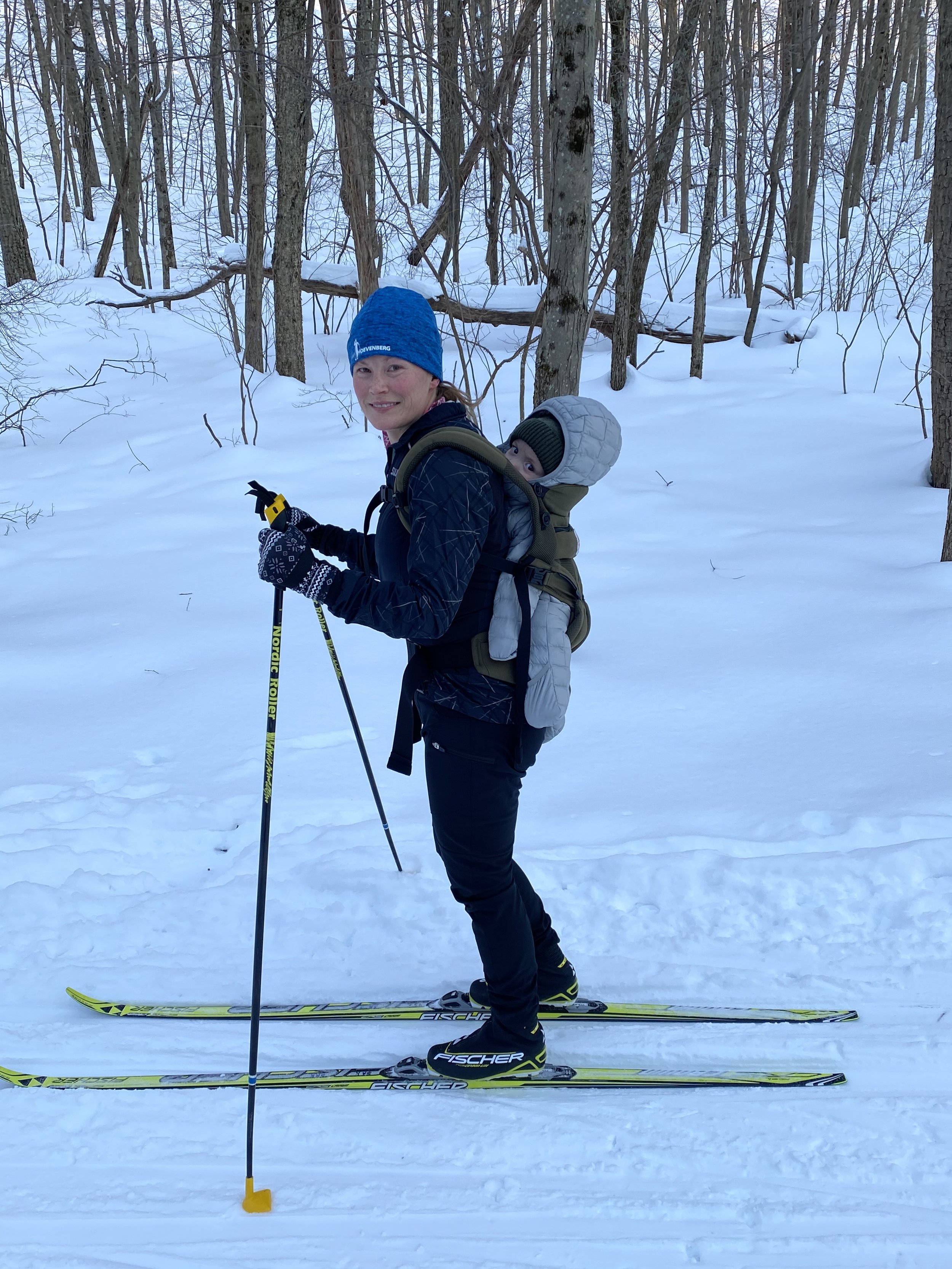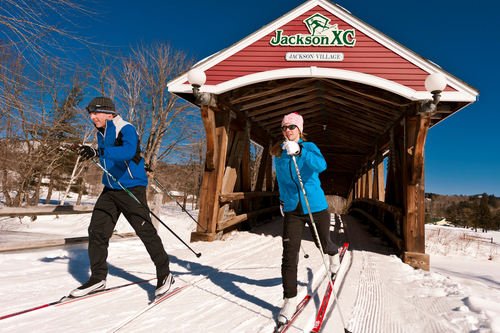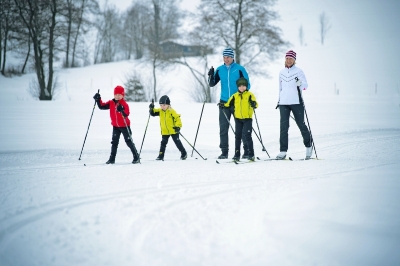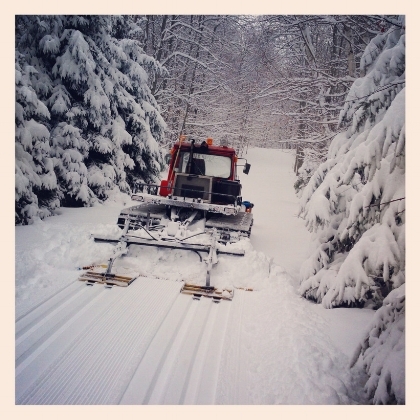Ski lesson with CANSI certified ski instructor
The vast majority of cross country (XC) skiers do not take XC ski lessons, but rather they start with friends or family, who are usually not trained to teach XC skiing. So, who needs XC ski lessons? Most of us do!
Starting with the basics, a XC ski instructor can help a skier choose clothing and equipment that is appropriate for weather and his or her skiing goals and abilities. Equipment selection including the ski flex, length of poles, ski boot type and fit can make a huge difference in a skier’s experience.
A ski instructor can gently guide any XC skier to better skills and match a skier's pace to his or her level of fitness and interest, keeping the skier from working too hard…and let’s face it, most people who do not XC ski perceive the sport as too much work. The idea of sliding on snow can be a challenge for some people. An instructor can show the proper way to balance, transfer weight from one ski to another, and how to use the poles. Learning to keep the body forward with appropriate ankle and knee bend can start a new skier with confidence. Maintaining control down hills is also key to enjoying XC skiing.
The first time a new skier approaches a hill, whether going up or down, can be a make-or-break experience. A lesson can help one learn simple techniques to travel up a hill with confidence. Going down a hill on XC ski equipment can be frightful to new and experienced skiers alike. Narrow trails, difficult snow conditions, rocks and trees are challenging to even an experienced XC skier. An instructor can make sure the initial down hill experience is a safe and comfortable one by starting on the right terrain and practicing skills and techniques. Such a lesson will prepare a new skier and build their confidence.
Can a Lesson Help Seasoned Skiers?
Alpine (downhill) skiers who are trying XC skiing for the first time will also greatly benefit by getting some XC ski instruction because the equipment and techniques varies between the two sports. Skiing uphill is a totally new experience for the alpine skier and going down hills on XC ski equipment, which is lightweight and has a free heel…and no big plastic ski boot, can be more than thrilling.
An experienced XC skier, who may need to improve on some aspects of their technique can also benefit from a ski lesson. Most XC ski control and efficiency problems involve incorrect body movements or timing issues and these problems will waste energy. Even constantly looking down at the skis will distort good body position while XC skiing.
Years of incorrect technique can instill the wrong muscle memory and this really requires a certified and experienced instructor to rectify. Video analysis can be a great benefit to seasoned XC skiers. A good ski instructor will not be critical but will direct the lesson to the skier’s goals such as improve glide, control, and feeling more confident on skis.
So many XC skiers use outdated equipment and instructors can be helpful to discuss newer or more appropriate products with them. There are so many derivations of XC skiing, that it is imperative to get informed advice to match what someone wants to get out of XC skiing, be it gliding on a groomed trail or mastering the glades in untracked powder or other ski conditions.
Finding a Qualified XC Ski Instructor
To find a qualified XC ski instructor visit or call a XC ski area. Discuss skiing goals with the instructor and find out if they have been certified by the Professional Ski Instructors organization. Certification involves training and passing a test to teach XC skiing. The instructor should be a “people person” easy to talk to, and offer positive feedback on a skier’s strong points and encouragement on how they can get even better skills. With enhanced skills and techniques, XC skiers can experience the fun aspect as well as enjoy the outdoors and fitness associated with the sport.
Thank you to Brad Noren, of www.NordicFusion.ski who is a PSIA certified level 3 Alpine and Level 2 Nordic ski instructor for information in this article based on his experience teaching since 1972 in northern Michigan.









